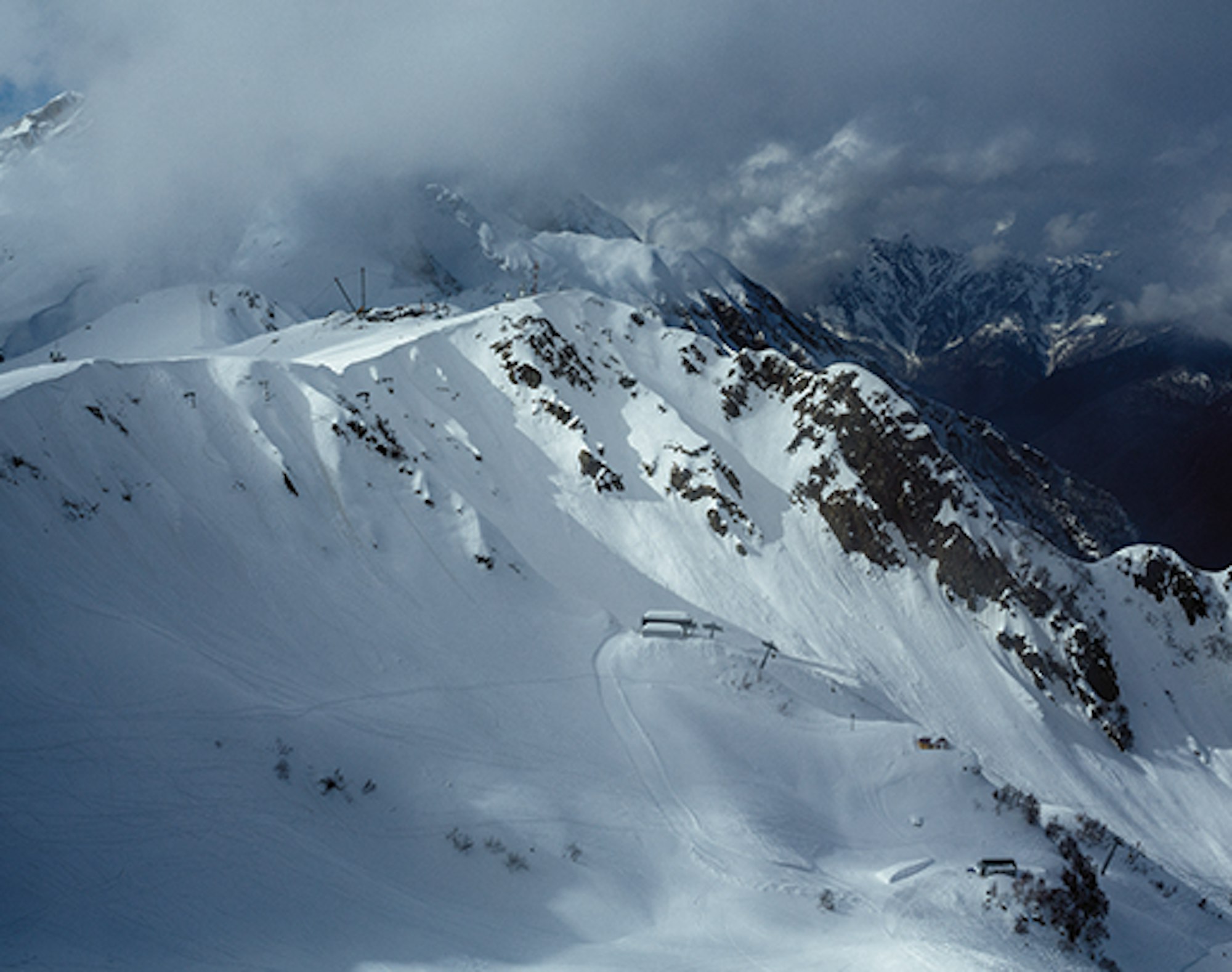The roads are jammed with trucks, big and small but all fresh, bright orange, with the brand name Kamaz across their grills. At the top of the windshields, the drivers have draped scalloped fringes and hung flags in honor of their hometowns, giving the impression that new trucks are a long term possession. Maybe it makes the drivers feel a tie to their homes, which clearly are not at the end of this deep, craggy valley. They go back and forth through day and night—the trucks and the workers.
Photos: Nate Abbott
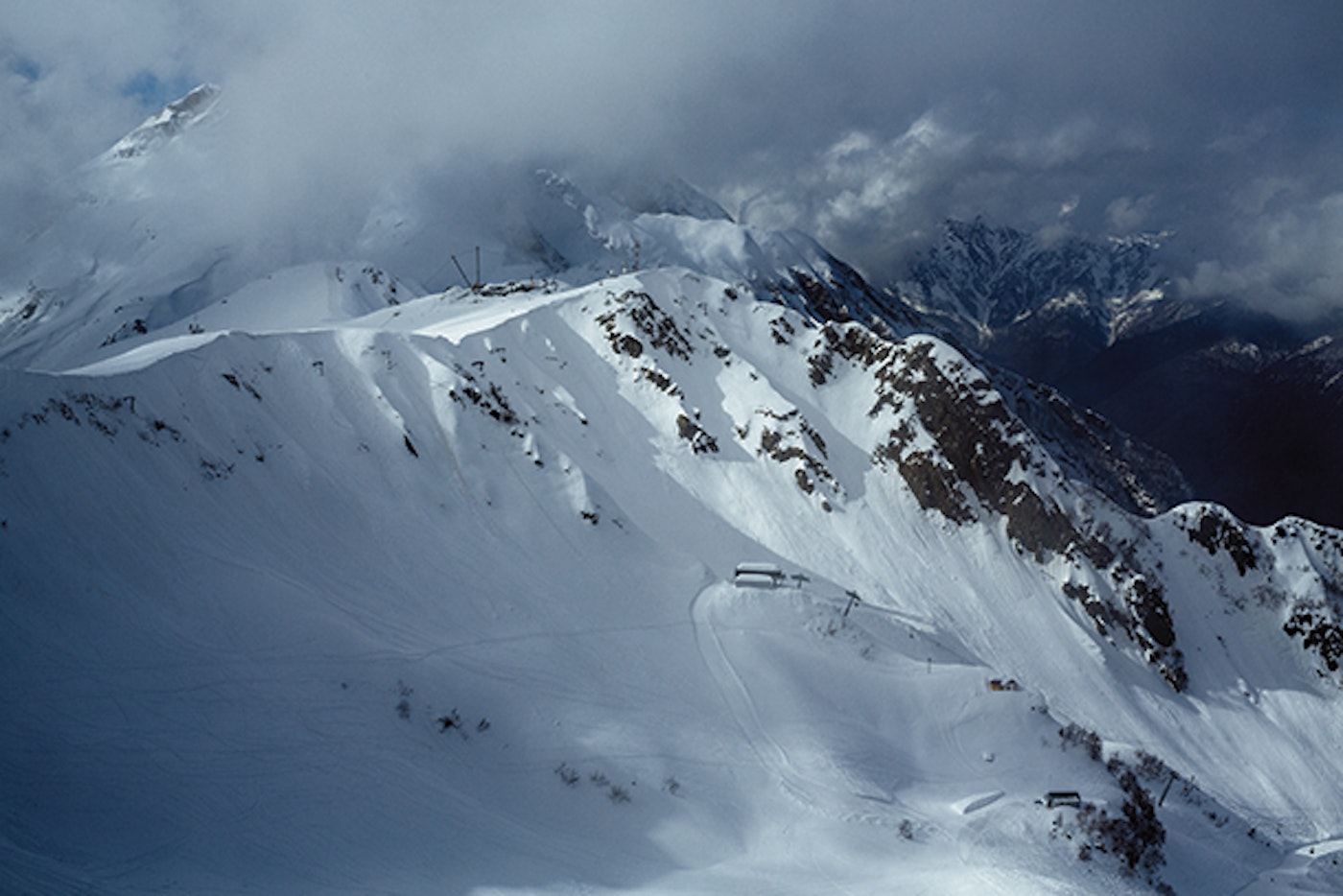
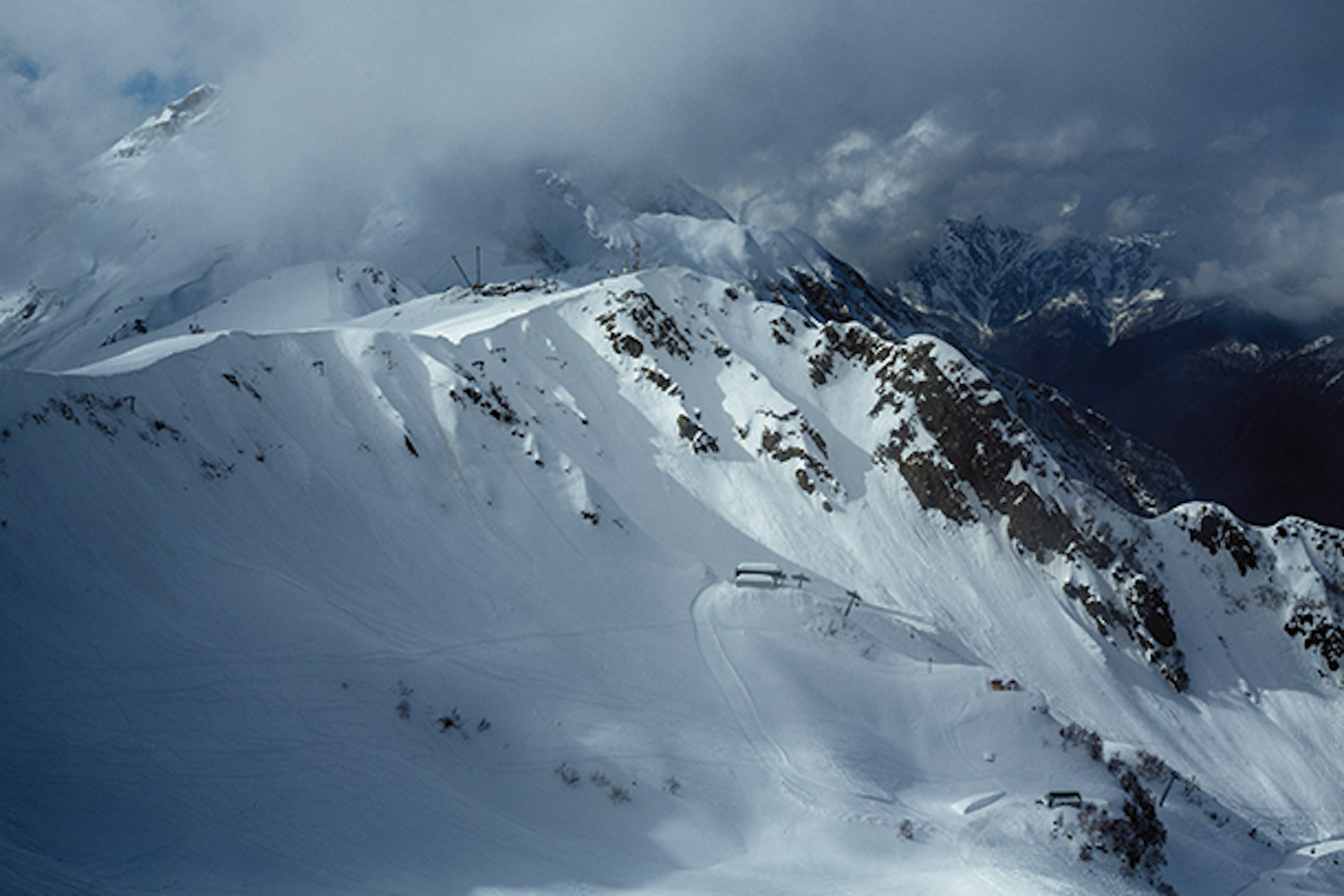
Every moment of the 50-minute drive from the Adler-Sochi airport all the way to the base of the Rosa Khutor ski area, I see construction happening. Stacks of temporary, movable housing (think shipping containers with windows) for the estimated 40 thousand round-the-clock workers glow bright in the night, the inhabitants clustering on rickety stairways to smoke. The rest of their days are spent constructing a dual-line railway (which is scheduled to be finished by the time the Olympics begin and will decrease transit time to 30 minutes), roads, countless hotels and other buildings along with the Olympic infrastructure of ski jumps, stands, ski lifts and more. Those trucks (Kamaz!) weave back and forth tracking mud all over the fresh paved roads. It is all part of the final, and perhaps the least important for skiers, phase of preparations for the Sochi Olympics.
Before the transportation and base area infrastructure, the Olympic venues were built, most notably the halfpipe and slopestyle course on which freeskiers will throw down in February. At about 3,300 feet above sea level, the “Extreme Park” has a halfpipe and slopestyle course, along with a mogul run, aerials site and boardercross and parallel GS courses (if you’re into those sorts of things). Even earlier though came development of the actual ski area, a mountain with 15 lifts that zoom almost 5,800 feet, over nooks and crannies featuring every type of terrain, from a deep valley to an airy ridge above.
When I visited Rosa Khutor for the FIS world cup and Olympic test events in 2013, the area was in the midst of a dry and warm winter and the slopestyle half of the contest was canceled. Still, it was clear that in the following Olympic year they could push snow down from higher on the mountain. And early snow reports and checks of the Rosa Khutor web cams indicate a much better winter for snow this year. Halfpipe is halfpipe, the angle and length are standardized and so, at least in theory, the major limiting factor is the weather during the contest. That proved a major hurdle during the test event, with heavy snow off and on through the entire finals day. Still, winners must be crowned and Torin Yater-Wallace and Virginie Faivre ended up atop the podium and as favorites for 2014.
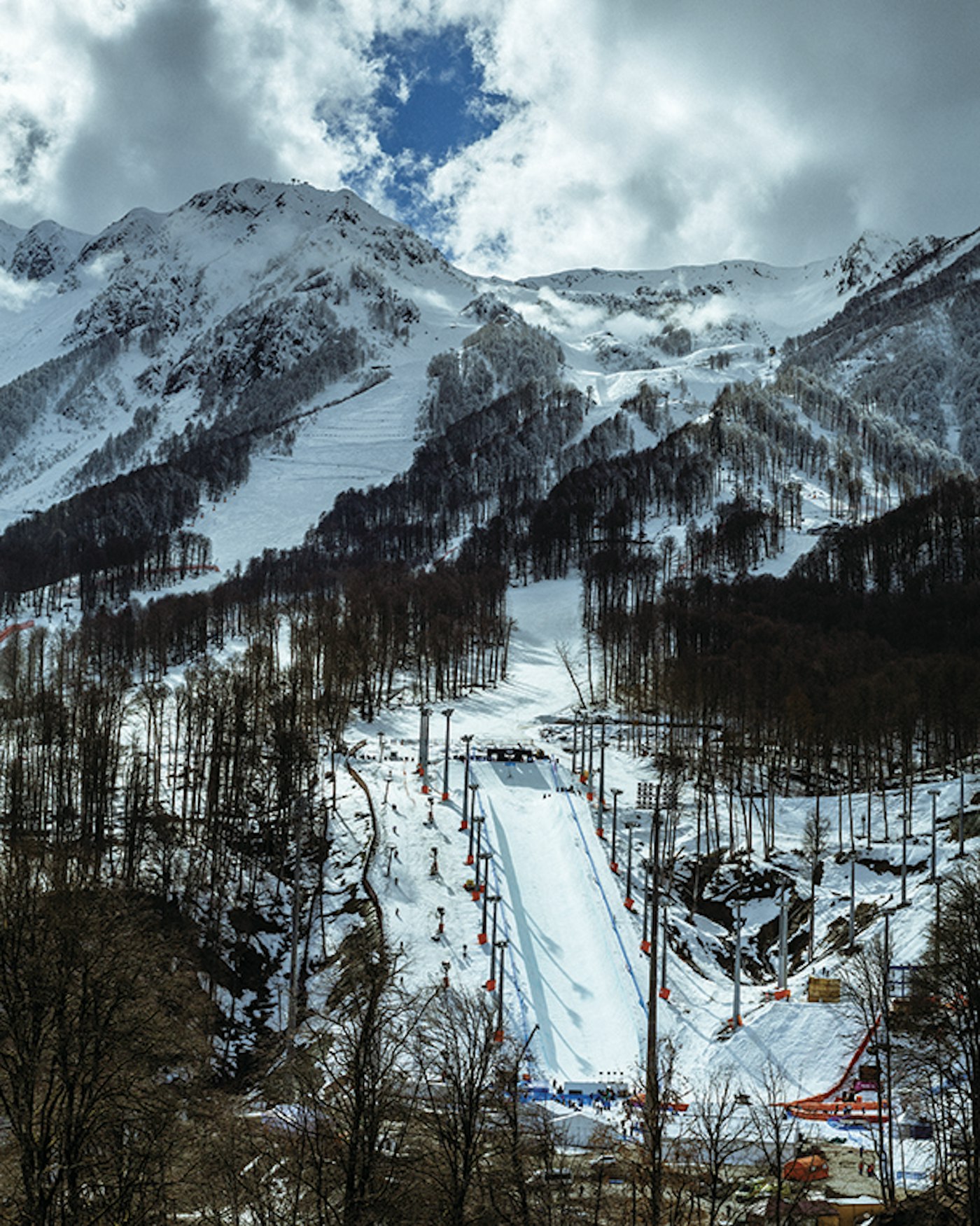
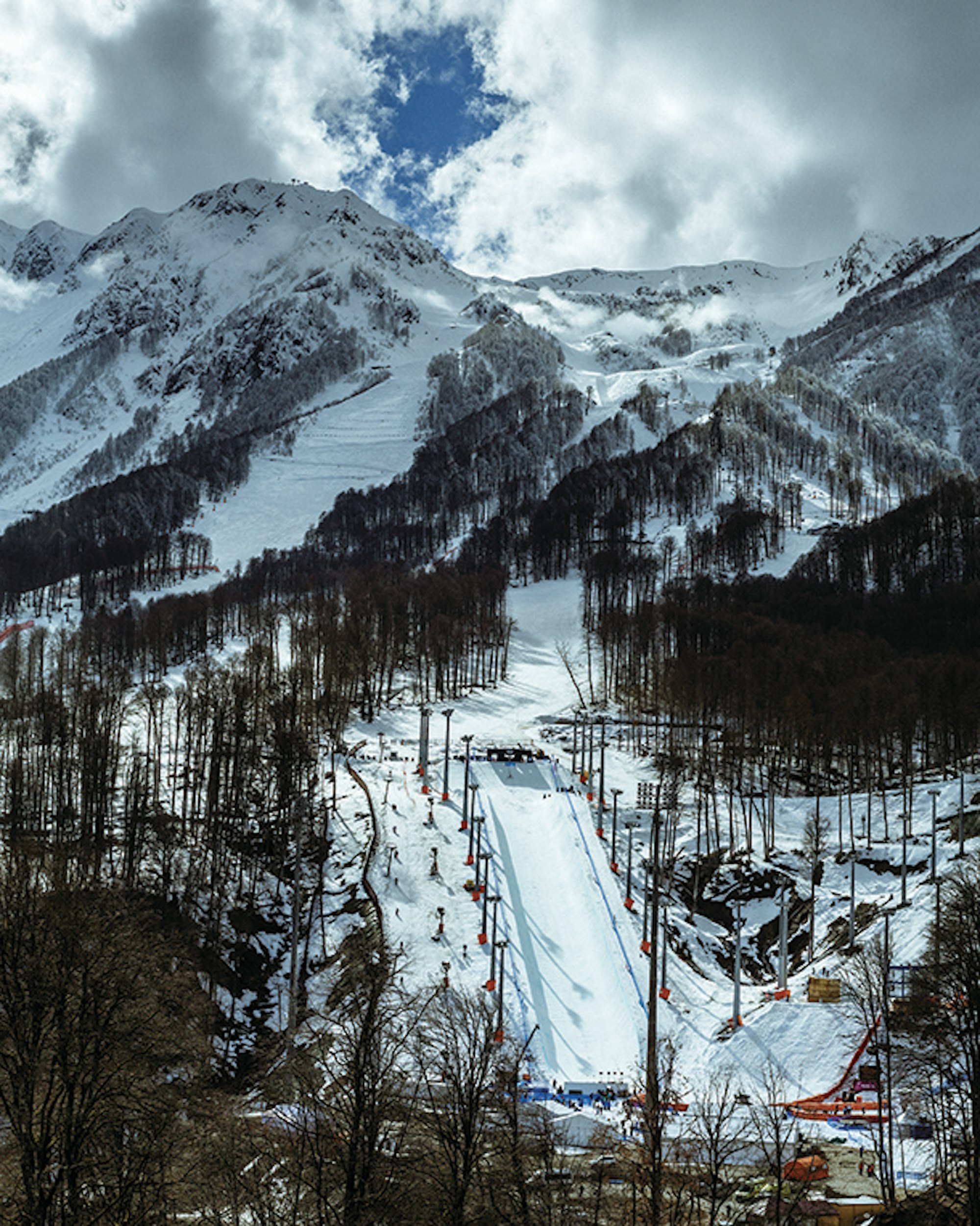
The ridge wraps as far as you can see—especially when the weather is coming in and out as it was for us—and is speckled with avalanche mitigation devices. During the Olympics, alpine courses such as DH and GS will start up at high elevations. Here’s the kicker though, when the circus leaves town, especially come the 2015 season, this terrain will be open to the public with unprecedented infrastructure investment to whisk you to the top. The Caucasus Express gondola accesses Rosa Peak, which tops out at 7,600 feet above sea level, and from there you can hike the ridgeline in either direction and drop into terrain that varies from highspeed groomers to World Tour worthy steeps featuring chutes, cliffs and open bowls.
Mainstream media seems intent on focusing on the palm trees that dot the Black Sea shoreline of Sochi proper, but if you take a closer look at the map, you see that the resort lies just north of the 43rd parallel, about in line with southern Wyoming. The huge vertical means you have zonal skiing akin to Jackson or Whistler—light pow on the upper mountain turning to mashed potatoes or even forcing a download on the very lowest terrain. If the snow isn’t perfect, a couple small parks sit near the Extreme Park zone and a Burton Stash terrain park opened in 2013.
Getting to Rosa Khutor, especially after the Games, will be surprisingly simple, if not the shortest journey. And it is definitely worth the time when the terrain is waiting with fresh snow and minimal crowds. My flights for the test event went from Denver to New York, on to Moscow and then just over two more hours down to Sochi. As a travel experience, it was eye opening. Be sure to treat yourself to a night or two in Moscow, where you can check out the Bolshoi, Saint Basil’s Cathedral, the Kremlin and other lesser known hot spots. I can recommend the beer at the McDonald’s that sits a couple hundred feet from the Kremlin and is open until midnight on Sundays. Remember to be smart(er than me) about booking your flights since transferring between the different airports in Moscow is a shitty experience, especially when dragging ski bags through two trains and a subway.
One certainty is that next season there will be more than enough hotels around the base of Rosa Khutor to find a reasonable deal. The old town of Krasnaya Polyana and its original ski resort has drawn film crews over the past 15 years, including Matchstick and Nimbus, to take advantage of the ski culture of generations past. That backdrop has surely changed, but the new face of the area will offer a more refined destination, comparable to the bigger resorts of Europe and North America.
The big question for visitors is: What happens after the Games? Big money Russian ski tourists have long flown off to spots like Courchevel, France, and Gstaad, Switzerland, to soak in the cachet of shopping and dining and being surrounded by really, really, really ridiculously good-looking people. But will Rosa Khutor become a destination for them and will normal skiers make the trek in big enough numbers to allow the resort to maintain lifts, parks and access?
Unfortunately, the Games seem to have been built without regard for the history of the area or the local population. Reports of questionable (at best) use of the Russian version of eminent domain and the near servitude of those workers I saw during the test event leave a nasty film on the whole scene. But once the Olympic spectacle leaves town, perhaps the best way to support those who were there before and remain afterwards is to take advantage of the great skiing and incredible mountains, with a credit card (or fat pile of Rubles) in your pocket.
Now Live: Your one-stop-shop for Olympic freeskiing coverage — freeskier.com/olympics

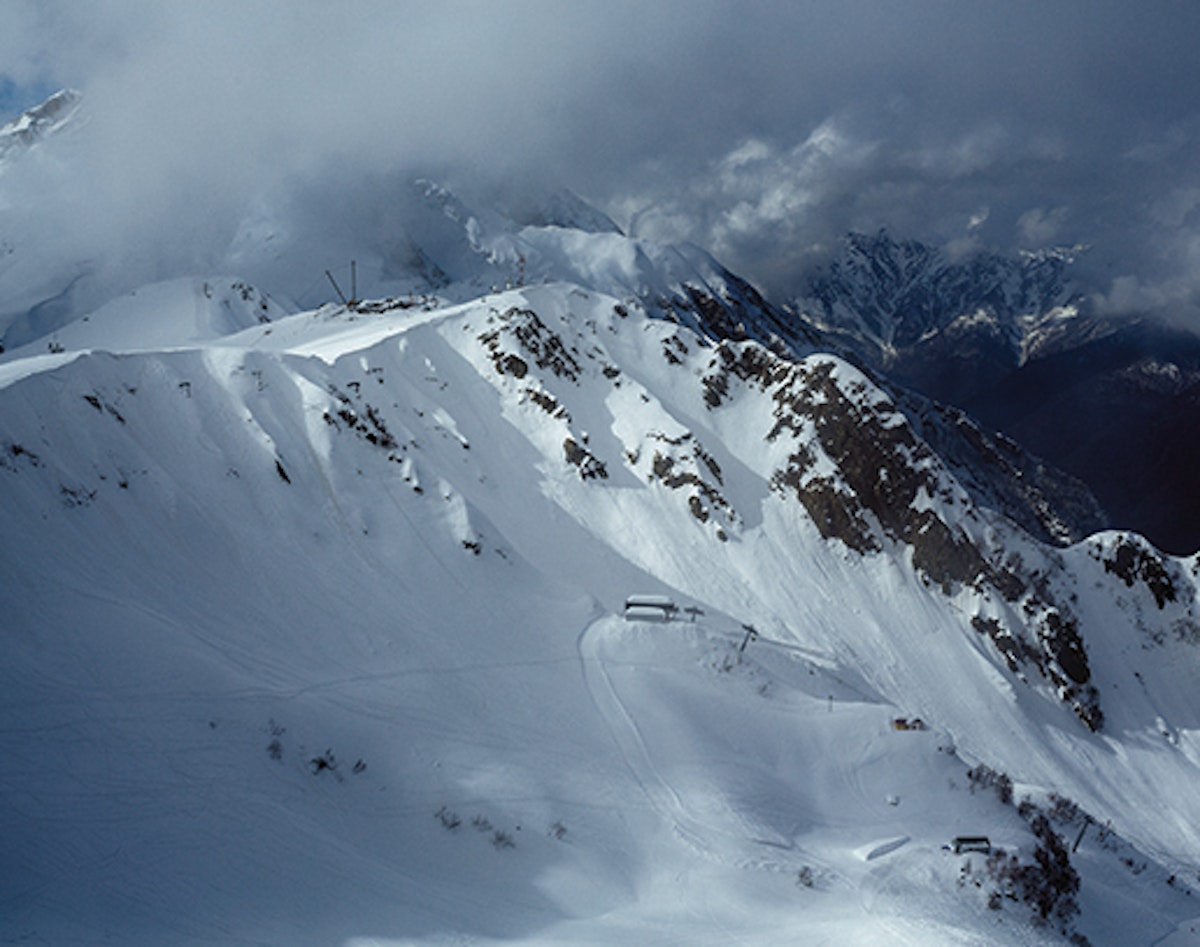


![[GIVEAWAY] Win a Head-to-Toe Ski Setup from IFSA](https://www.datocms-assets.com/163516/1765920344-ifsa.jpg?w=200&h=200&fit=crop)
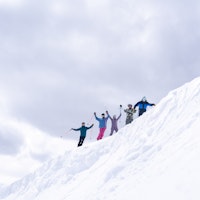
![[GIVEAWAY] Win a Legendary Ski Trip with Icelantic's Road to the Rocks](https://www.datocms-assets.com/163516/1765233064-r2r26_freeskier_leaderboard1.jpg?auto=format&w=400&h=300&fit=crop&crop=faces,entropy)
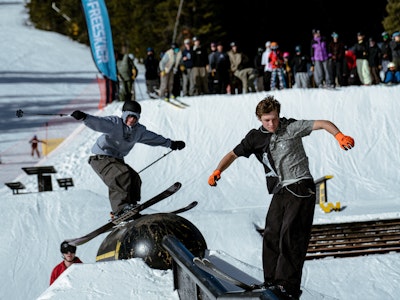




![[GIVEAWAY] Win a Head-to-Toe Ski Setup from IFSA](https://www.datocms-assets.com/163516/1765920344-ifsa.jpg?auto=format&w=400&h=300&fit=crop&crop=faces,entropy)

